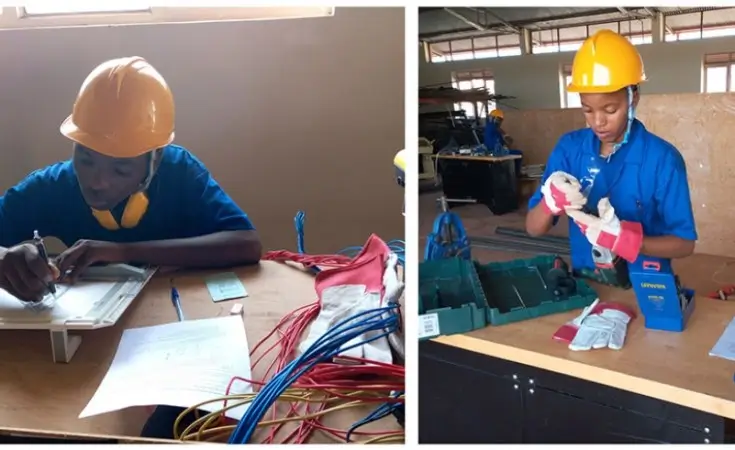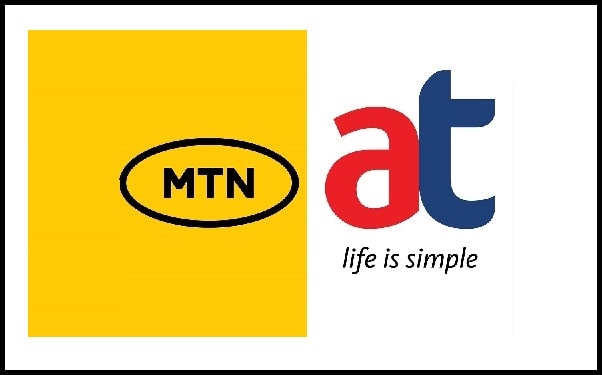Is Vocational Training The Key To Unlock Youth Unemployment?

Is Vocational Training The Key To Unlock Youth Unemployment?
Is vocational training the key to unlock youth unemployment? Get to know all the facts and findings surrounding this topic.
In a world where the clamour of job searchers frequently drowns out individual potential, vocational training stands out as a beacon of hope.
It serves as a link between untapped talent and the rapidly changing work market. But can it genuinely be the solution to the global problem of youth unemployment?
The quest of academic degrees has long dominated the educational narrative, but change is on its way. An era in which competence, practicality, and adaptability are paramount. Vocational training is at the vanguard of this transition, providing a practical approach to education that is closely aligned with industry requirements.
Imagine a youthful artisan with tools in hand, transforming raw materials into a masterpiece. This is the essence of vocational education: creating, doing, and making tangible contributions to society. It is purposeful education, one that promises more than simply information but also a livelihood.
However, the issue remains: Is vocational training a sure-fire path to employment? The answer is not as easy as ‘yes’ or ‘no’. It’s an argument about opportunities and obstacles, success stories and cautionary tales.
Examine the data: nations like Germany and Switzerland who have robust systems for vocational training have some of the lowest rates of youth unemployment. What’s their secret? a strong apprenticeship programme that guarantees students are using what they are learning in practical situations. Education and industry have an effective partnership that many countries aim to emulate.
However, there are many who disagree with vocational training. Some contend that it restricts students’ ability to advance in their careers by boxing them into particular jobs. Some draw attention to the difference in investment and status when compared to conventional academic pathways. These are the obstacles that need to be cleared.
As we go further into the heart of this discussion, we come across instances of transformation. Young people equipped with technical abilities and a can-do attitude have carved out places for themselves in competitive industries. They are living examples that vocational training can be a key to securing work.
However, for every achievement, there is a call to action—a warning that vocational education must change with the times, embrace technology, and break down preconceptions. It must be accessible, inclusive, and acknowledged as a valid and accepted educational path.
Vocational training holds enormous promise for reducing youth unemployment. It’s a less-travelled path, but one that leads to self-reliance and empowerment. As we stand at the crossroads of education and career, it urges us to reassess our previous views and embrace the opportunities it offers.
READ ALSO; Social Media: The Double-Edged Sword of Modern Learning


 GES is expected to announce reopening dates for public schools today
GES is expected to announce reopening dates for public schools today  2024-2025 Report Card Grading, Student Attitudes, Interests and Conduct Samples for Teachers
2024-2025 Report Card Grading, Student Attitudes, Interests and Conduct Samples for Teachers  WASSCE 2024 Integrated Science Sample Questions
WASSCE 2024 Integrated Science Sample Questions  US Staffing Agencies Recruiting International Job Seekers With Work Visa Sponsorship
US Staffing Agencies Recruiting International Job Seekers With Work Visa Sponsorship  Buy 1 Gig MTN or Airtel Tigo data for only GHS6.00 not GHS17.00
Buy 1 Gig MTN or Airtel Tigo data for only GHS6.00 not GHS17.00  Civil Service Announces 2024 Online Examination Details for Graduate Applicants
Civil Service Announces 2024 Online Examination Details for Graduate Applicants  BREAKING: President Biden Announces Decision Not to Seek Reelection
BREAKING: President Biden Announces Decision Not to Seek Reelection